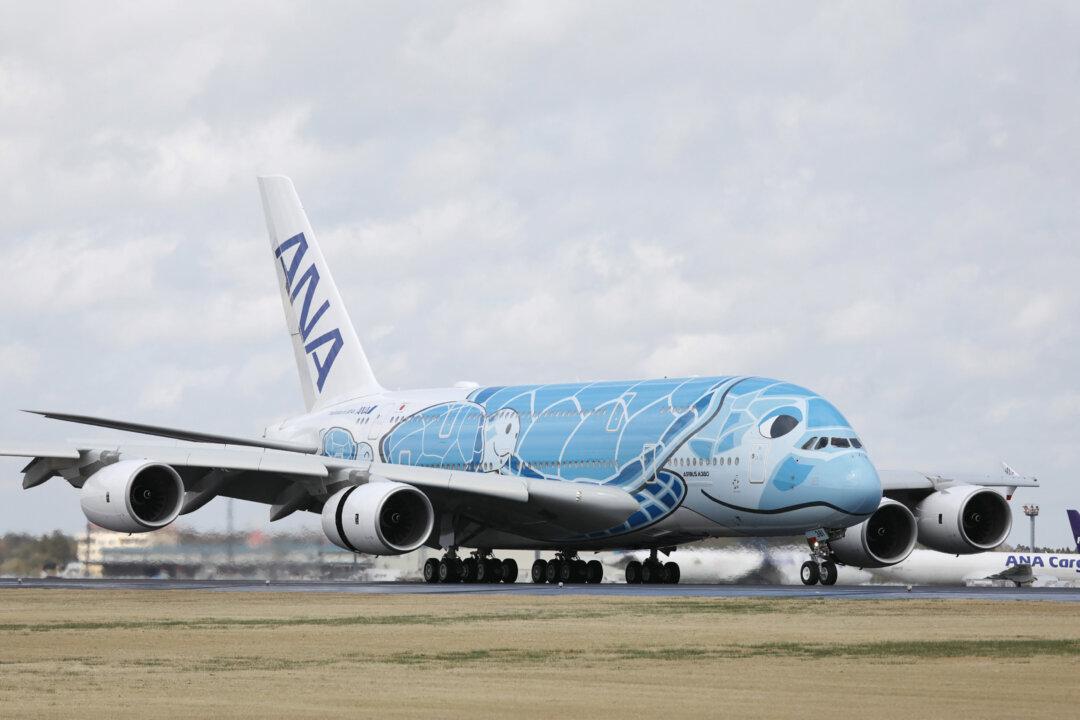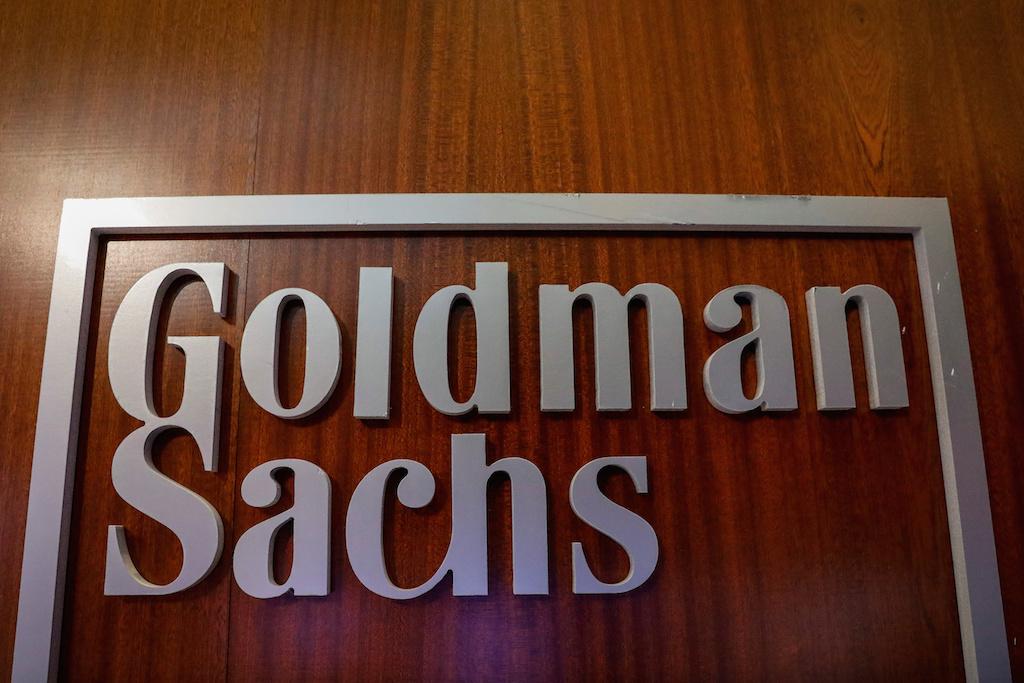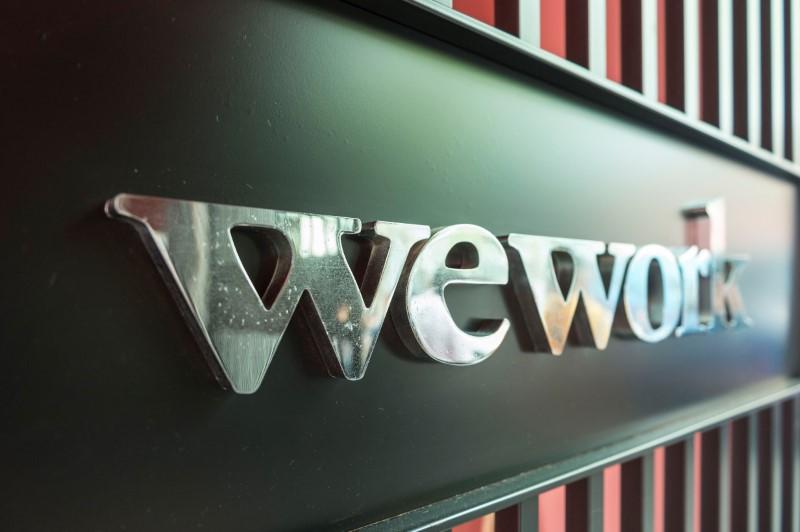Rolls-Royce Holdings Plc. could re-enter the competition to power a medium-sized jetliner under development at Boeing Co. if the U.S. planemaker pushes the project back to help cope with the 737 Max crisis.
Rolls, which exited the New Midsize Aircraft program earlier this year saying a new engine won’t be ready for the plane to enter service in 2025, may return to the contest if the timetable slips, Chief Executive Officer Warren East said May 2 at the company’s annual shareholder meeting in Bristol, England.




